Sucrose 99.5% AR [57-50-1] La sacarosa se usa en postres, bebidas, pasteles, helados, recubrimientos, cereales y panes. También se llama azúcar de remolacha y azúcar de caña. Material de partida para la producción fermentativa de etanol, butanol, glicerol, ácido cítrico y levulínico. Utilizado en productos farmacéuticos como agente aromatizante, como conservante, como antioxidante (en forma de azúcar invertido), como agente antiinflamatorio, como sustituto de glicerol, como agente de granulación y excipiente de tabletas, como recubrimiento de tabletas. En la industria de plásticos y celulosa, en espumas rígidas de poliuretano, en la producción de máscaras y jabones transparentes.
Apariencia cristales incoloros o polvo blanco
Contenido 99,5%
Rotación específica (20 ° C, 10%, H2O) mín. 66.25 °
Sustancias insolubles en agua máx. 0.006%
Residuos de tostado máx. 0,03%
Cloruros (Cl) máx. 0,003%
Sulfatos (SO4) máx. 0.005%
Metales pesados (Pb) máx. 0.0005%
Bar (Ba) máx. 0,005%
Calcio (Ca) máx. 0,005%
Hierro (Fe) máx. 0,005%
Hazard pictograms
Labeling of hazardous chemicals and mixtures that are part of the Globally Harmonized System of Classification and Labeling of Chemicals (GHS). The pictograms recommended by GHS have the shape of a square set on the top. They should contain a black symbol on a white background with a red border.
Priority rules to be observed in connection with the labeling of a substance:
– the skull and crossbones, the exclamation mark pictogram should not be added.
– corrosive effect, the exclamation mark pictogram should not be added if it concerns eye or skin irritation.
– health hazard determining respiratory sensitization, the exclamation mark pictogram should not be added if it concerns skin sensitization or irritation to eyes or skin.
Source: GHS pictograms




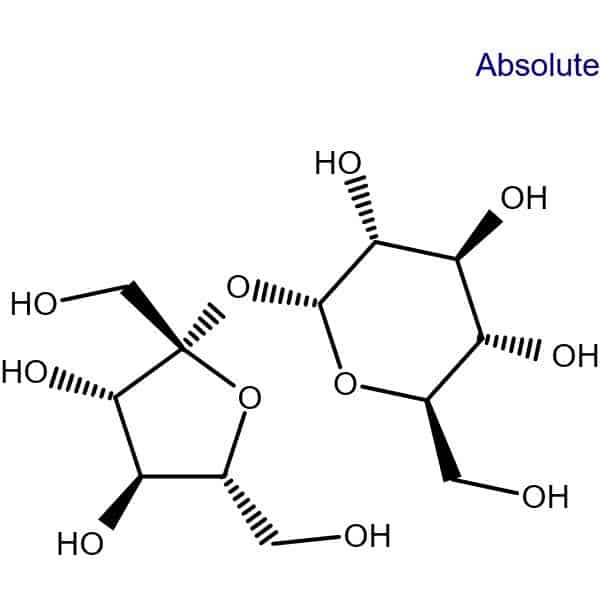
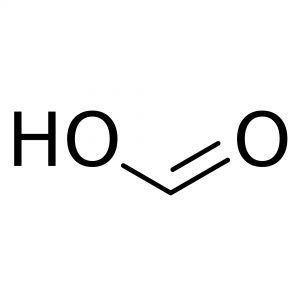
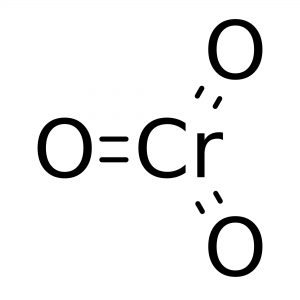
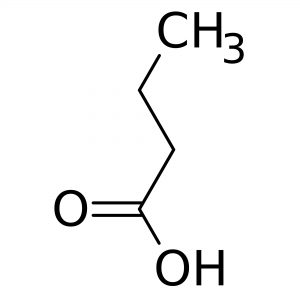
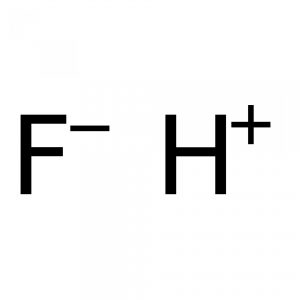
Reviews
There are no reviews yet.